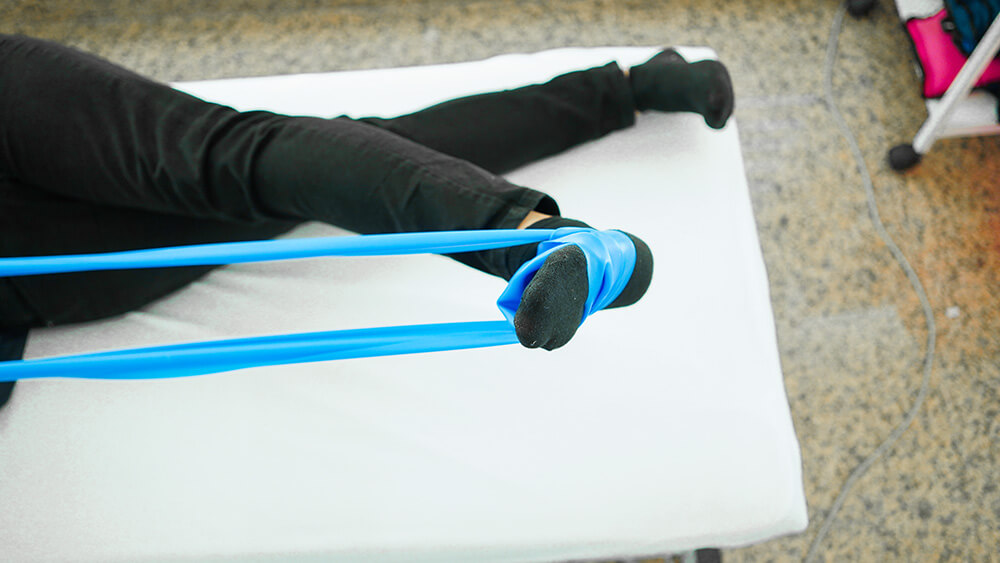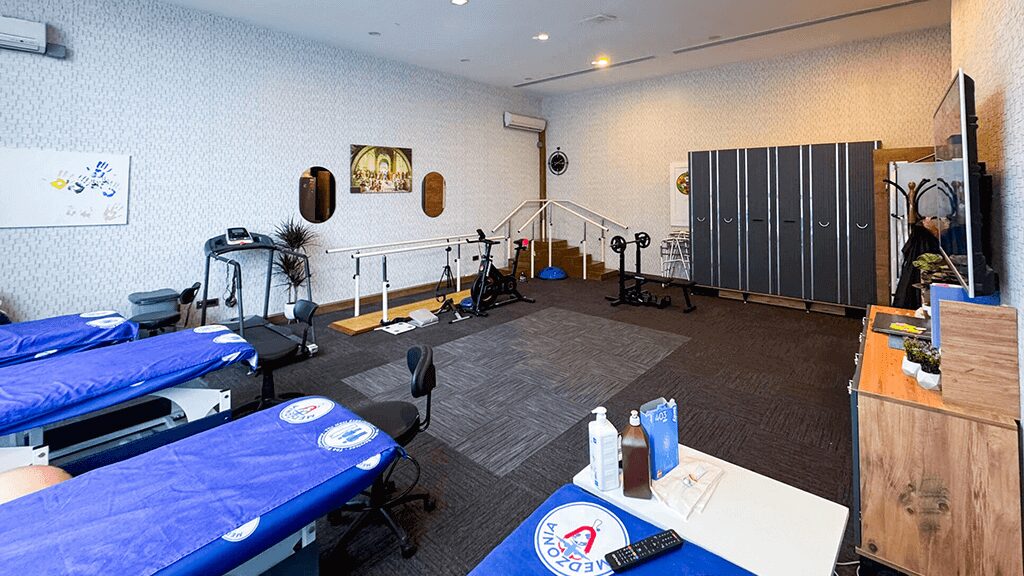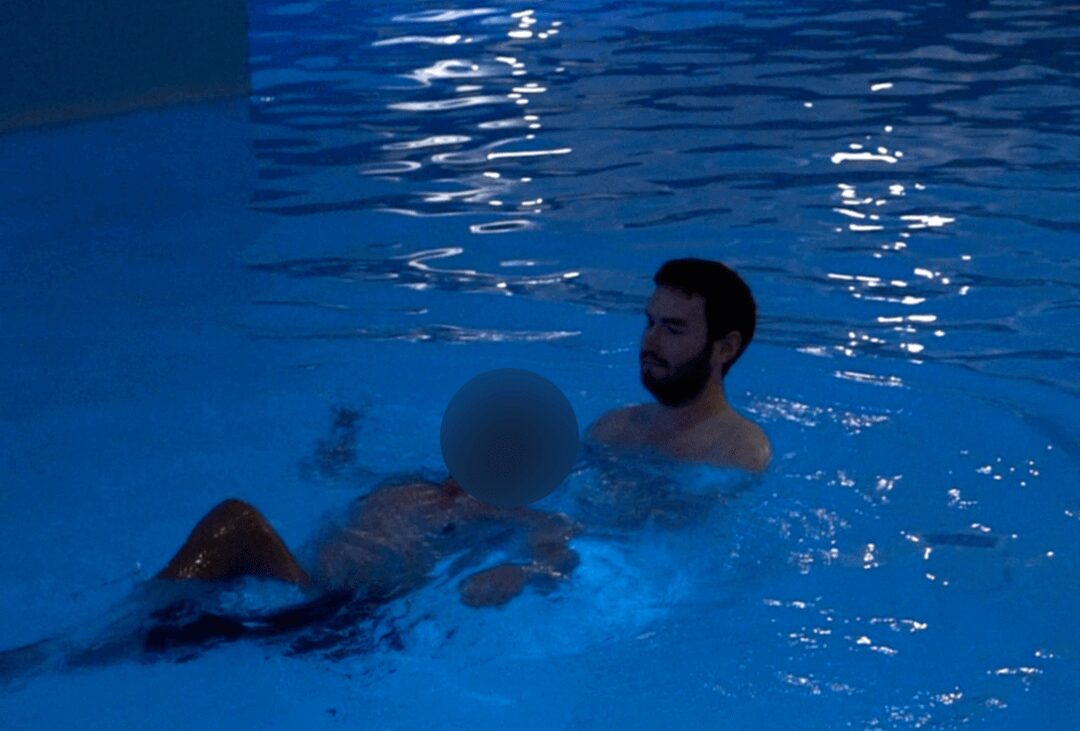Physiotherapy Before Surgery

Physiotherapy is not only crucial during the limb-lengthening process but also highly beneficial before surgery. Pre-operative exercises help increase muscle flexibility and strengthen tendons, making the post-surgery recovery phase more manageable and effective.
Key Recommendations for Pre-Operative Physiotherapy:
Start Early: Begin these exercises at least 3–4 weeks before surgery to maximize muscle flexibility and tendon readiness.
Be Consistent: Perform each exercise in 3–6 sets of 15 repetitions. Start with 3 sets and gradually increase over time.
Target Areas: Focus on muscle groups such as the TFL, quadriceps, internal and external rotators, gastrocnemius, and hamstrings.
Seek Guidance: Always consult your doctor or physiotherapist before starting any exercise program to ensure it is appropriate for your physical condition and upcoming surgery.
Physiotherapy plays a crucial role in the limb lengthening process. During the first 2–3 months after surgery, patients should attend at least 4–5 physiotherapy sessions per week. For the following months, the exact number of sessions should always be determined in consultation with the doctor.
At Wannabetaller®, we provide physiotherapy at the highest standard for our patients. With the guidance of our experienced physiotherapists, your recovery in Istanbul will progress more efficiently and in a healthier way.
Support at Every Step
From the very first contact, each patient is assisted by a dedicated member of the Wannabetaller® team throughout every stage of the lengthening journey. Our team remains accessible for the entire duration of your stay in Turkey. Every patient benefits from the first-class care provided by our skilled and attentive staff.

Physiotherapy in limb lengthening
Physiotherapy and exercises are inseparable from a healthy limb-lengthening experience. They play a vital role throughout the process. Here’s why physiotherapy and daily exercises are so important:
Bone and Soft Tissue Adaptation
In limb-lengthening surgery, bones are surgically broken (osteotomy) and gradually distracted to increase height. As the bones lengthen, the surrounding muscles, nerves, blood vessels, and tendons are stretched. Since most patients aim for 5–7 cm of lengthening, this creates significant tension, leading to pain and reduced mobility in the legs and feet.
Training Muscles for Flexibility and Strength
Just as regular physical activity makes muscles stronger, more flexible, and more resilient, the same principle applies to limb lengthening. With the help of physiotherapy and stretching exercises, the legs adapt to the increased bone length, becoming more flexible and better prepared.
Risks Without Physiotherapy
If physiotherapy is neglected, abnormal tension builds up, causing severe pain and making it nearly impossible to walk. In extreme cases, continuing the distraction process under these conditions may even result in nerve damage.
Why Professional Support is Necessary
Although patients may perform exercises on their own, this alone is often insufficient for a safe and effective recovery. Even disciplined self-exercise routines may fail to challenge the muscles adequately. A skilled physiotherapist pushes patients beyond their comfort zones in a safe and guided way, helping them expand their range of motion and recover more efficiently.
Hydrotherapy

Hydrotherapy, also known as Aquatherapy, involves performing physiotherapy exercises in a warm pool. This method helps patients relieve pain and makes the treatment process more comfortable.
Hydrotherapy is particularly recommended for Precice 2 patients during their lengthening process. Since Precice 2 nails are inserted into their legs, these patients cannot bear much weight due to the risk of nail breakage. As a result, they are usually limited to bed-based physiotherapy. However, with Hydrotherapy, thanks to the buoyancy of water, they are able to perform standing exercises safely.
